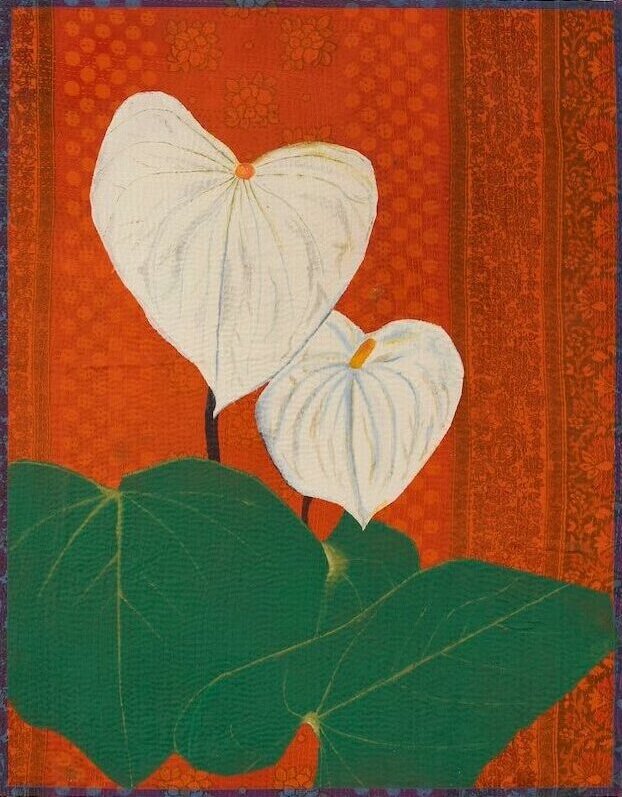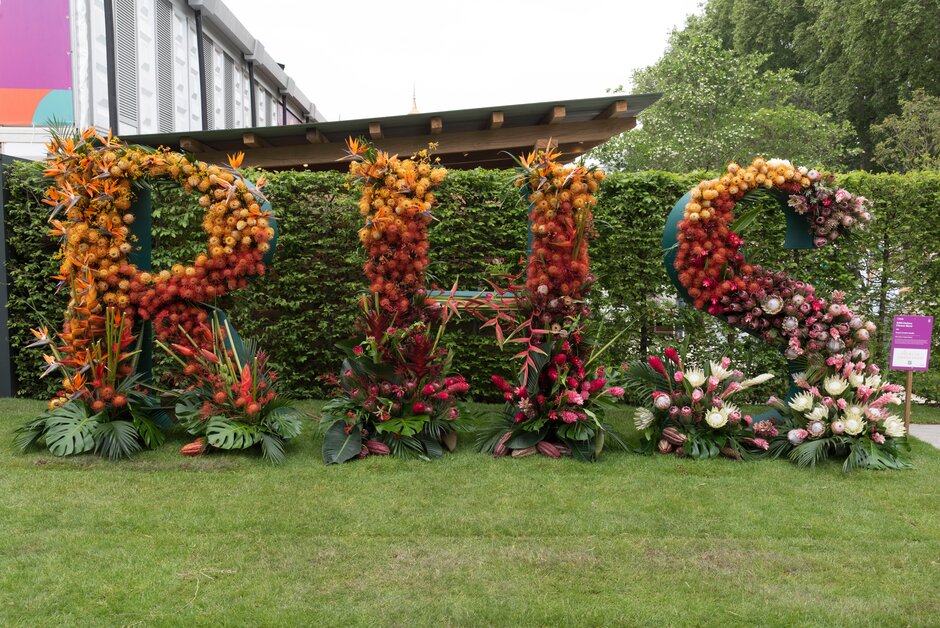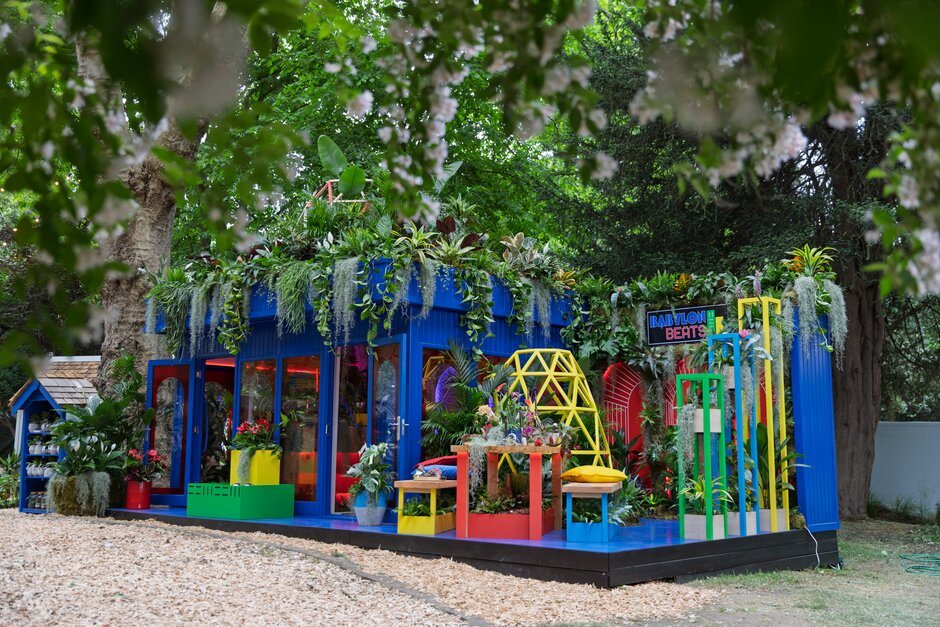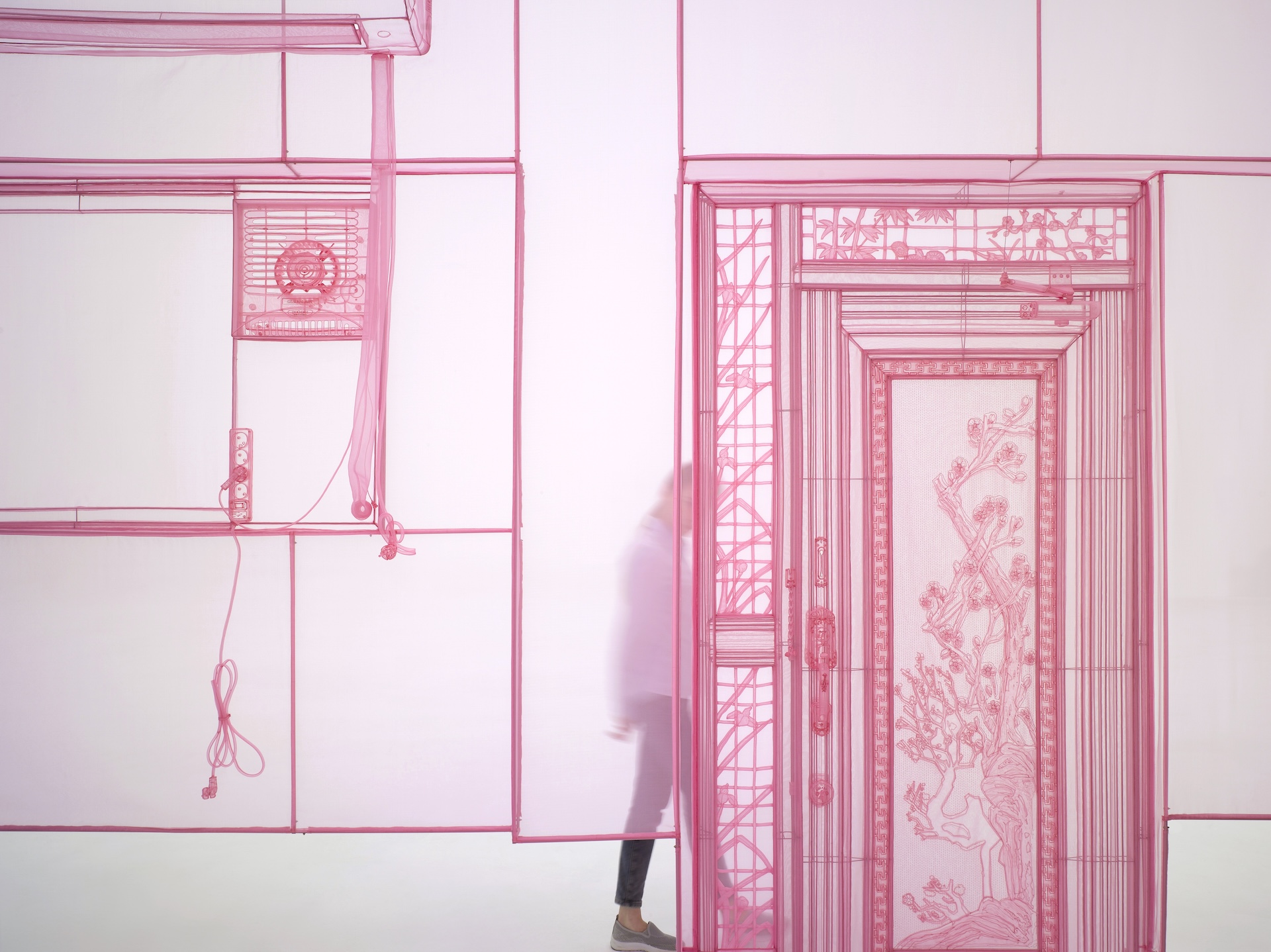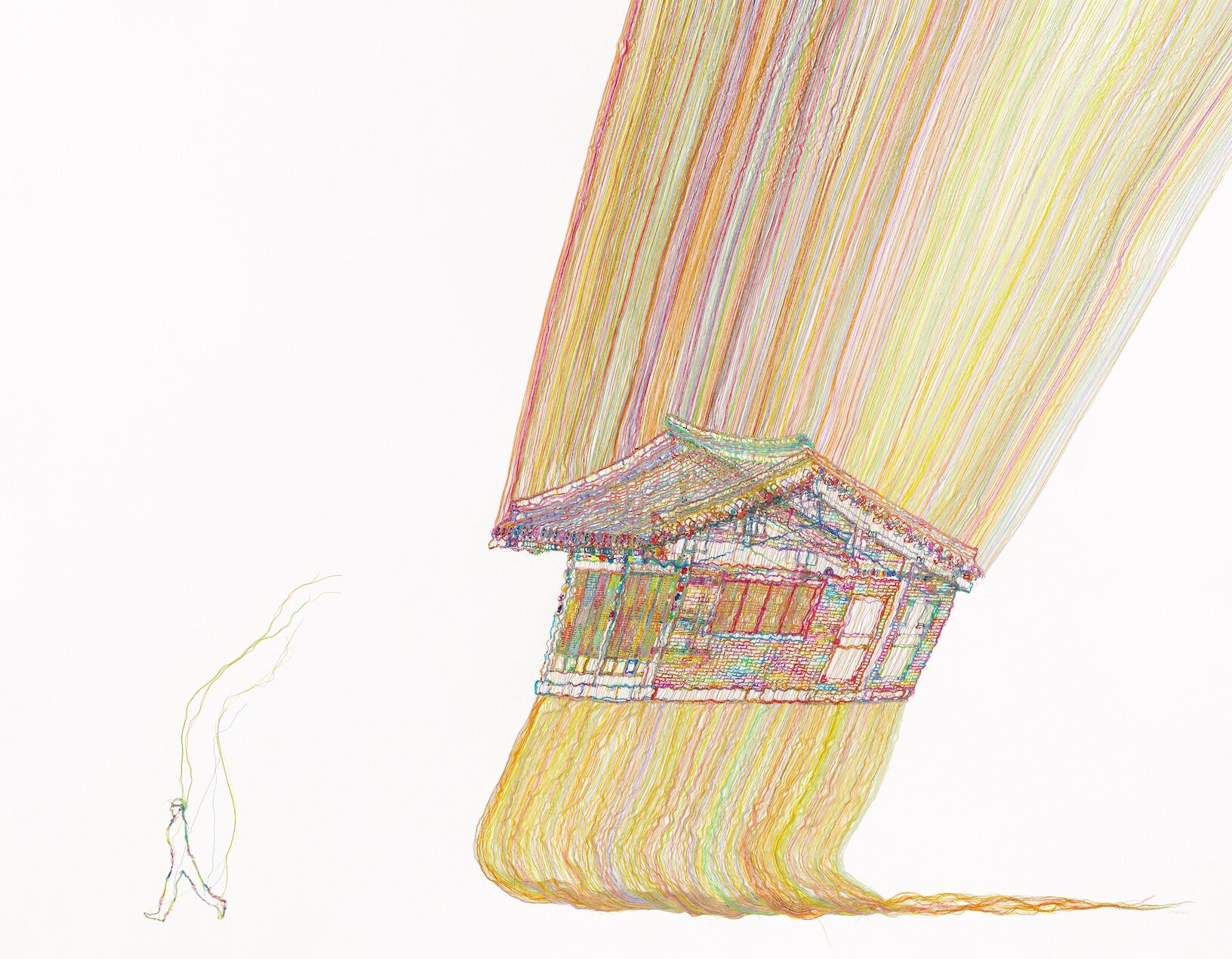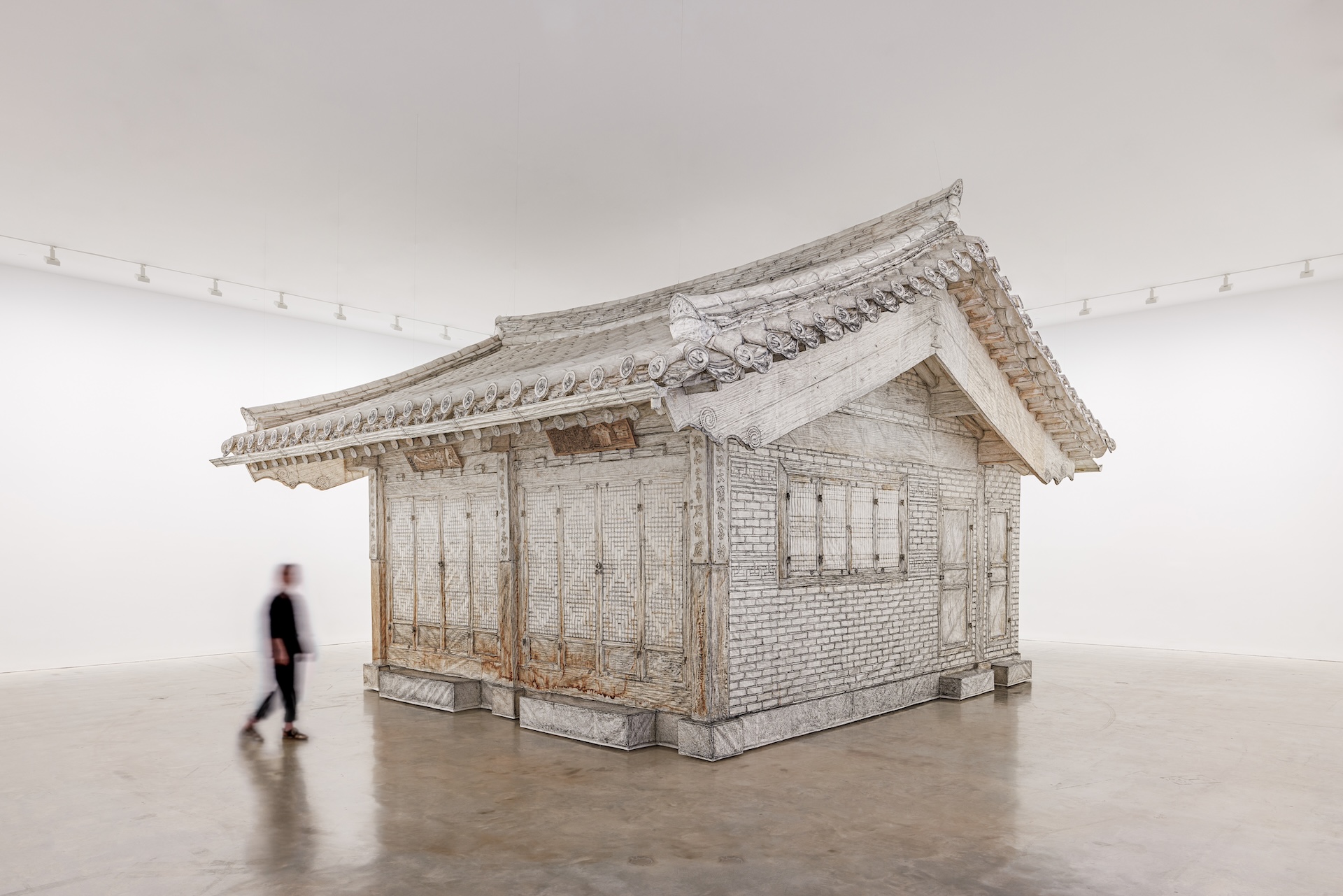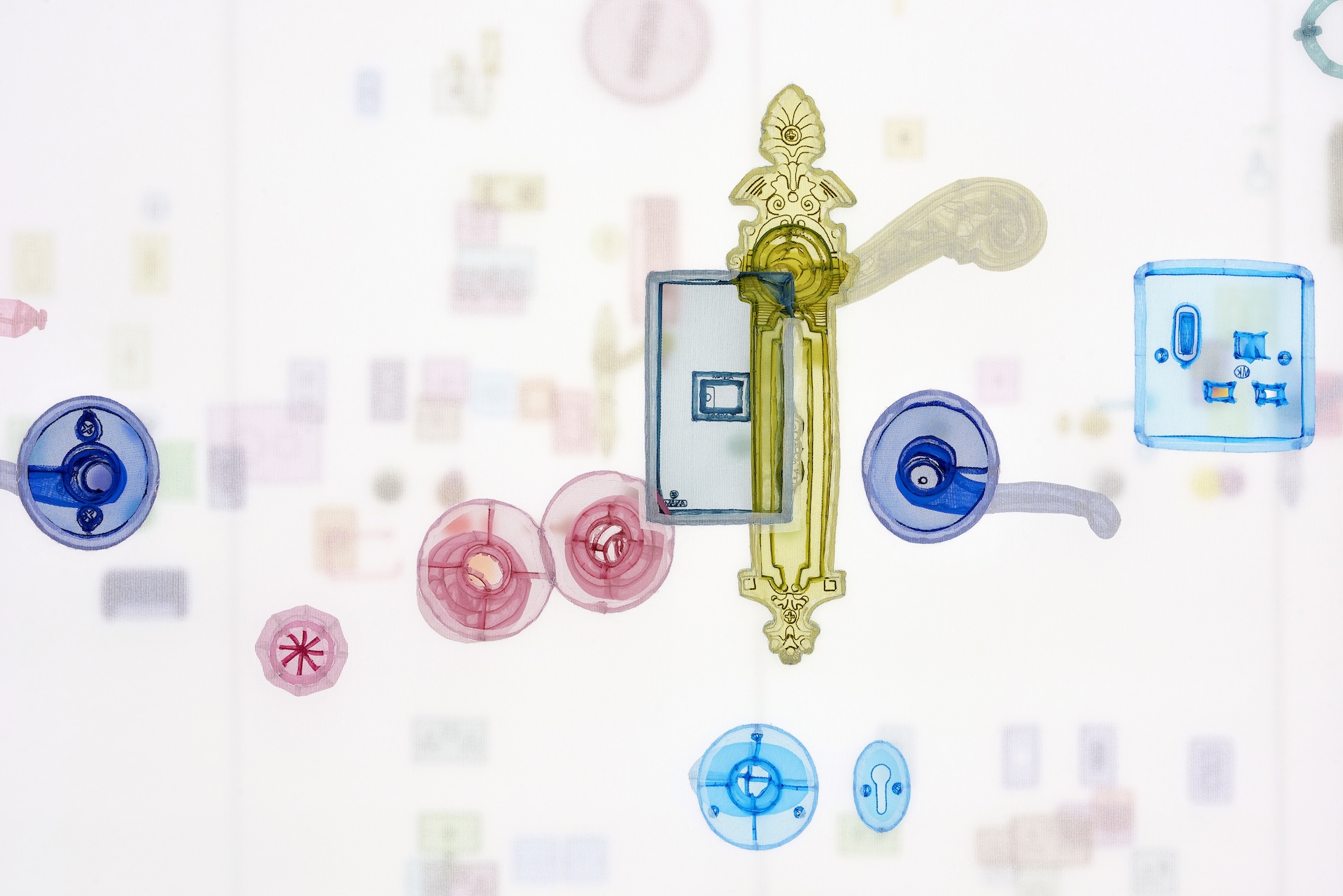The
British Museum’s newly unveiled exhibition,
Ancient India: living traditions, offers a riveting journey through the spiritual and artistic evolution of Hinduism, Buddhism, and Jainism – major world religions, all with roots in India. The exhibition delves into the origins of these religions, beginning with nature spirits revered in ancient India, and explores how their worship evolved into the iconic imagery of gods and enlightened teachers.
Running until October 19, 2025, this immersive display brings together over 180 objects – including 2,000-year-old sculptures, vibrant paintings, and sacred manuscripts – to trace the transformation from symbolic representations to the human forms of deities we recognise today. Highlights include a striking statue of Ganesha, bearing traces of pink pigment that signify continuous worship over a millennium. The exhibition also examines the shared artistic heritage of these faiths, produced in cosmopolitan hubs like Mathura, and their spread across Asia and the Mediterranean.
Curated with input from practicing Buddhists, Hindus, and Jains, the exhibition emphasises the enduring relevance of these traditions. It’s a reminder of how ancient ideas and practices continue to thrive in contemporary communities, offering a profound connection between past and present.
